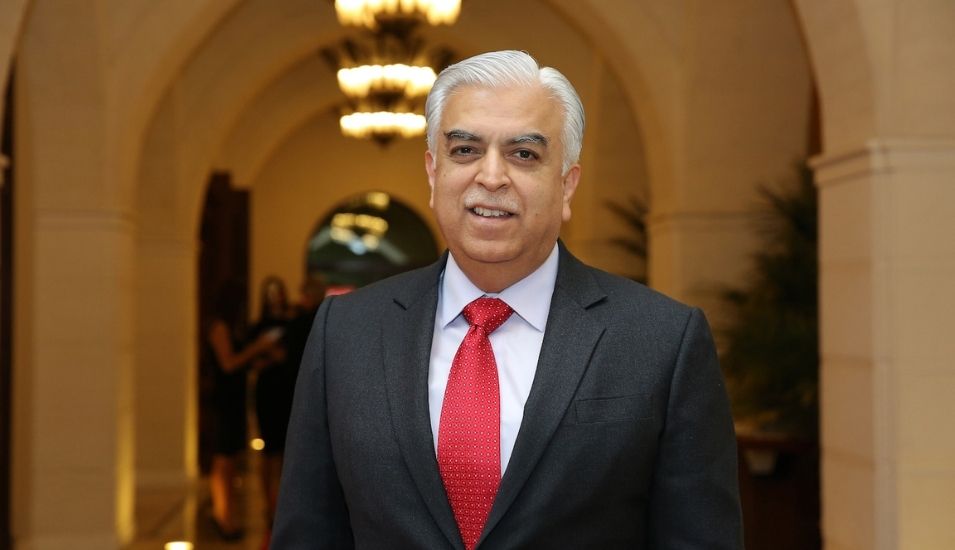This pandemic has sharply accelerated market fragmentation. This has allowed the digital giants, who have gained considerable expertise in market micro-segmentation, and are funded by hordes of cash, to grow quickly.
Majority of companies have not changed, nor been able to change their business model to meet these new conditions. Many managers who have risen through the ranks in the previous era, for no fault of theirs, simply assume that their age-old, tried-and-tested, broad-market business models are still as effective. Financial analysts and experts continue to evaluate companies based on topline sales growth and expense minimisation, which could probably reinforce the problem.
For any company to succeed in the post-pandemic era, two things need to be done well: Selecting a strategy carefully to target a market segment which can be well defended, and tailor a business model which can capture and dominate the target market for a reasonably sustained period of time.
The problem could be that many companies may not be ready to compete on these new terms. It would be wise to introspect and differentiate between pandemic-originated tail winds, and a sustained, implementable strategy. Any good leader or manager would know the difference.
As a first step, if any good organisation starts looking deeper, and creates a P&L at each invoice level, it would be assessed or realised that customers can be broadly categorised into three key profit segments:
High revenue and high profit customers: These would probably comprise 15-20% of customers who would be generating the highest chunk of the company profits. These could be called The Creams.
High revenue and low profit customers: These would be about 30-35% of customers who actually erode 50% of the profits created by the Creams. These could be called The Drains.
Low revenue and low profit customers: They produce minimal profits but tend to use up almost half of the company’s resources. These are The Resource Guzzlers.
Businesses and organisations have subconsciously conditioned themselves in such a manner that when we study “The Creams”, “The Drains” and the “Resource Guzzlers”, the automatic response is to start studying external customers who fit into either of these three categories.
However, in reality, the crux of the problem, during and post-pandemic would also lie in those entities or business divisions within an organisation, which would fall in one of the three categories. One gets to hear and study about many large and small organisations which are reluctant to seriously tackle “The Drains” and “The Resource Guzzlers” head on.
At times, for strategic purposes, some of them need to be carried, in which case, the strategy document must clearly mention so, and for how long. This brings about clarity in the ownership and the management. Otherwise, “The Drains” and “The Resource Guzzlers”, whether they are internal profit centres or external customers, would keep sucking profits out of what is created by “The Creams”.
Global studies have shown that if “The Drains” and “The Resource Guzzlers” are allowed to carry on for long spells, and if cost rationalisations and salary increments and bonuses are rationalised across the organisation, it ultimately begins to impact the overall health of the organisation, leaving them with fewer resources to look at new age businesses and business models post the pandemic.
An interesting case in point is about a large, reputed, stand-alone consumer electronics retailer. When managers conducted a transaction-based profit analysis, they discovered that about half of the company’s profits were eroded by its lowest-sales stores in the last quarter of its seasonal product life cycle.
When managers investigated further, they discovered that store managers were postponing putting these products on sale in the hope that a sales surge would materialise. This prevented them from stocking their shelves with new products at the peak of the introductory selling season. Thus, the category of “The Drains” began to increase.
Another interesting case is about a large FMCG distributor. When managers looked at their transaction-based profit metrics, they were pleased to see that their high-selling anchor brands had low gross margins but high profits. But they were shocked to find that their high-gross margin, fast-growing brands were losing money.
When they looked more closely, however, they found that their numerous small customers, the corner grocery, and convenience stores, were causing the loss. The problem was that this distributor was delivering several times per week to each small store. While the high-volume, low-gross-margin anchor brands generated enough gross margin dollars to pay for the picking and delivery costs, the low-volume brands had picking, and delivery costs that far exceeded the gross margin dollars even though the gross margin was a high percent of revenue.
By simply taking two orders per week instead of three, the whole segment flipped into high profit.
Right Segment, Right Business Model
When markets change, companies have to rethink the strategic positioning and business model. In the post-pandemic period, this is a life-or-death need. To succeed, we need to get two things right: we have to target a defensible market segment, and we have to create a business model that enables us to win against competitors who are going after our target segment.
Above all, we have to choose our customers, saying no to those who do not fit. This most certainly applies to internal customers as well. And we have to create an innovative, high-profit business model based on providing our target customers with more customer value or lower cost to serve or both.
We most certainly need to seriously trim down “The Drains” and “The Resource Guzzlers”. Completely eliminating them, sometimes, may not be an easy exercise.
Look at Amazon. This company did not target customers that everyone else had missed out. Amazon only subjected these customers to intensive innovation. Then went on to construct a comprehensive, winning business model to capture the segment. And stayed focused on relentlessly improving it.
When markets change, companies have to rethink the strategic positioning and business model, writes Niranjan Gidwani, Former CEO of Eros Group Dubai.




